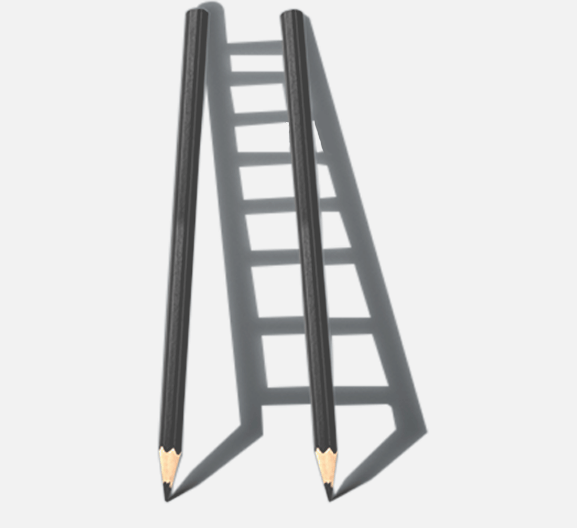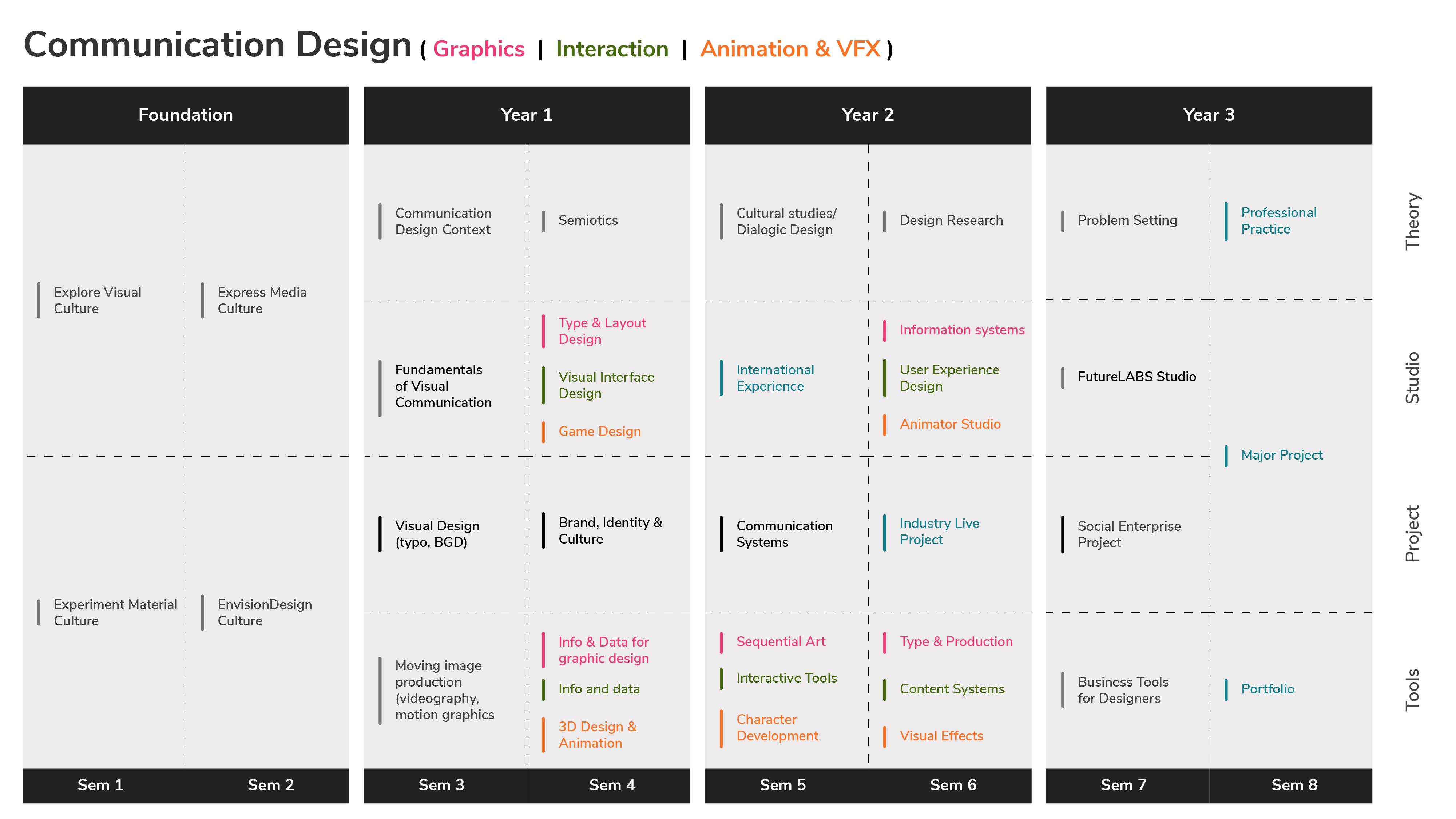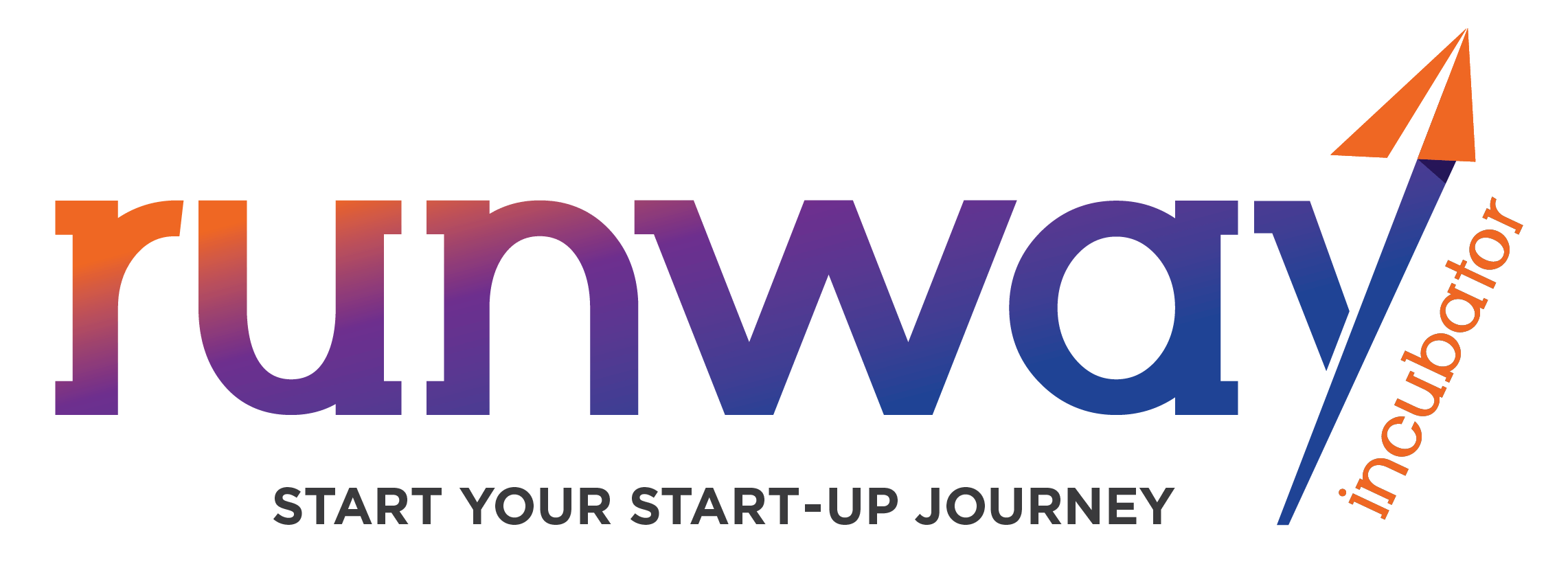Graphics Specialization in Communication Design
-
Location :
Delhi-West | Jaipur | Mumbai | Bengaluru | Delhi-South
-
Duration :
4 Years
-
Eligibility :
10+2 in any discipline.
-
Certification :
Media & Entertainment Skill Council (MESC)
Course - Overview
This Undergraduate (UG) in Graphics and Communication Design program equips students to apply the principles of design to a wide range of communication challenges across various forms and types of media. Students develop an understanding of people in their socio-cultural settings and devise appropriate strategies that lead to communication products, systems, services, and experiences. The Graphics and Communication Design program offers students a golden opportunity to pursue professional development in graphics, illustration, sequential art, typography, image processing, motion graphics, and narration.
The key elements of the program place emphasis on originality and conceptual development. Students work with traditional print media as well as contemporary digital forms, gaining the essential skills in today’s market. This graphics design program explores various techniques utilized by professionals in telling impactful stories and ideas through production and post-production processes. Students will learn how to build, analyze, and evaluate digital products, services, and tools. The competencies this graphics and communication design program strives to develop in students blend technical comprehension with research methodologies to develop a unique conceptual approach to problem-solving.
Graphics and Communication:The four-year UG Course in Graphics and Communication Design at Pearl Academy aims to facilitate students to learn and explore on graphics, typography and digital media along with industry-specific areas of study such as information design, branding, editorial and publication, motion graphics, type design, advertising, and Web/mobile app design. Students learn to create and share compelling messages from concept stage to final form while exploring the social and environmental considerations of communication. The course emphasizes on conceptual development with a strong focus on building technical skills, creative thinking abilities and an understanding of the social, political, environmental and speculative relevance of design. The curriculum combines the fundamentals of design and imaging with training in cutting-edge softwares, which helps students develop a strong portfolio of work to present to prospective employers. These skills hold students in a good stead across their careers, allowing for effective communication and conceptualization skills.
Graphics & Communication Design Career Prospects
Game Developer • Web Designer/Developer • 2D/ 3D Artist • Character Designer
Visual Effects Artist • Motion Graphic Designer • Multimedia Designer
Broadcast Designer For Cinema And TV • Interaction Designer
Curriculum
- Year 1
- Year 2
- Year 3
- Year 4
Natural & Built Environment; Body & It's Extension; Design Abilities 1; Immersion Lab 1; Culture, History & Narratives; Identity, Memory & Imaginations; Design Abilities 2; Immersion Lab 2
History of Design, Design Basics, Image Making, Basic Digital Tools, Signs and Symbols, Type and Layout, Brand Identity, Advanced Digital Tools
Cultural Studies, Type and Production, Moving Images, Visual Stories, Research Design, System Design, Industry/International Experience, Immersive technology
Speculative Design, Professional Ethics, Social Enterprise Project, Portfolio, Design Management, Major Project
Career Path
Our 360° comprehensive learning-based model opens up multiple avenues and opportunities for students.

-
IT companies
-
Corporate houses/ Multi-national companies
-
Design houses
-
Publication industry
-
Editorial design
-
Type foundries
-
Motion graphics



